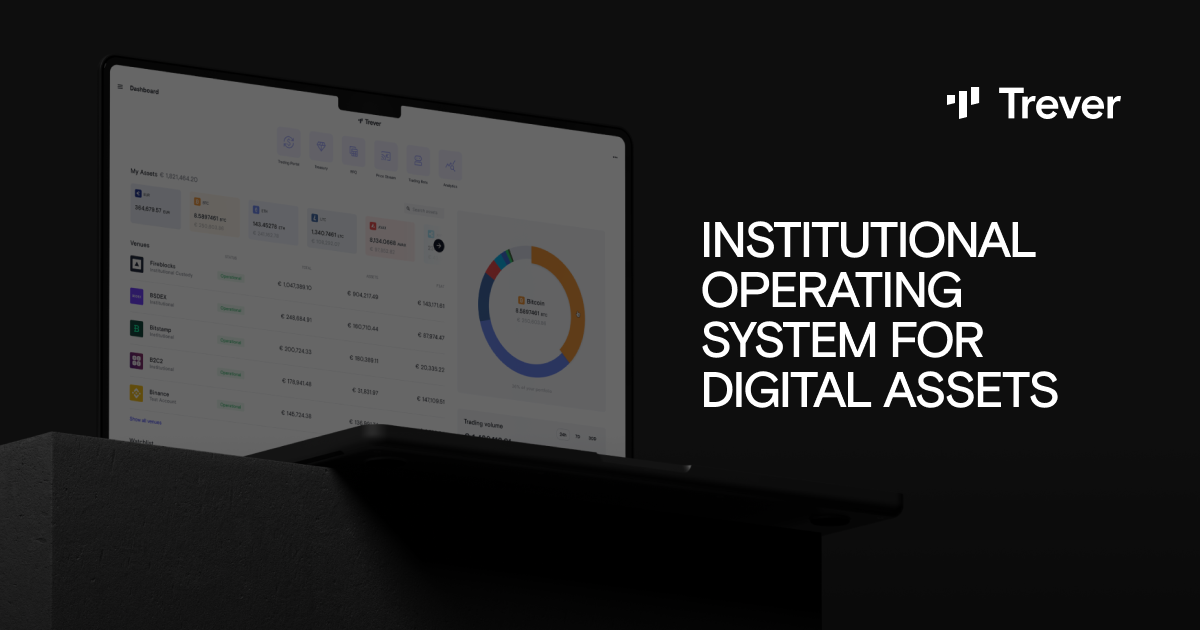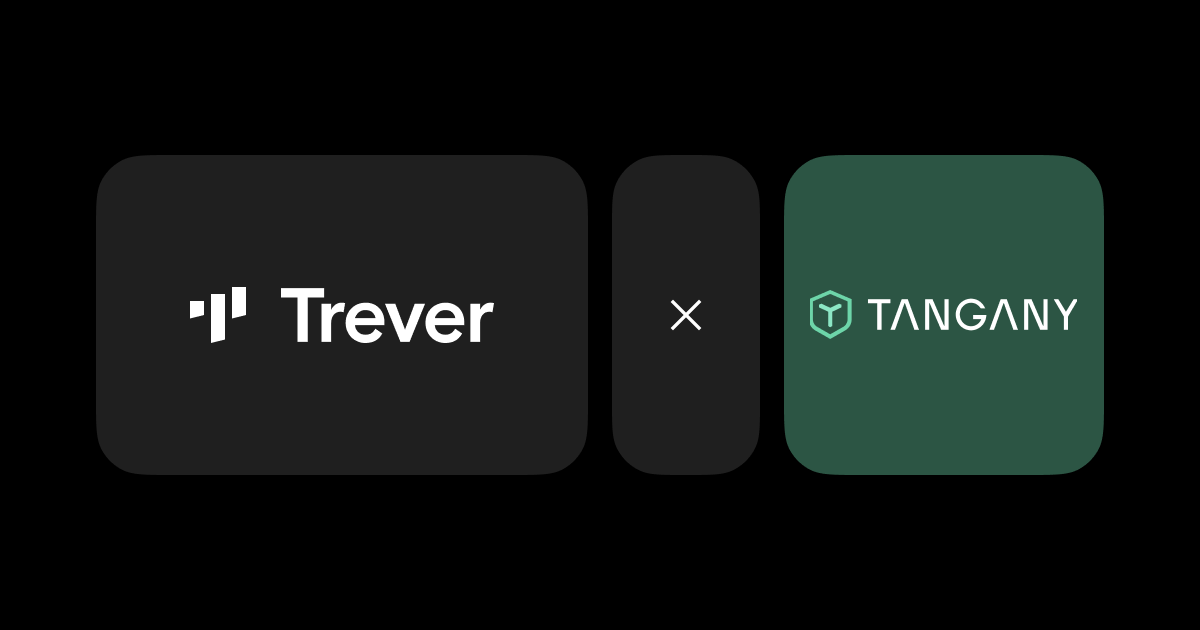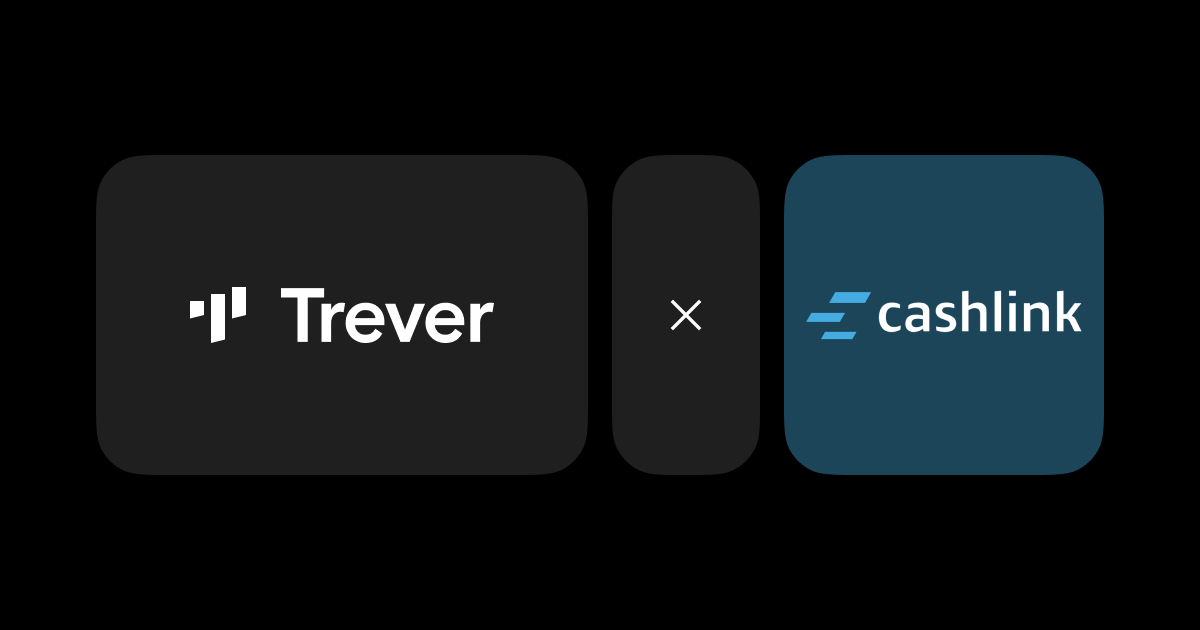Tokenized Securities are gaining momentum: An Overview
The digital asset ecosystem continues to evolve in high speed and relevant regulatory standards pave the way for digitizing assets. Among them, tokenized securities are growing in popularity.

While the digital asset ecosystem continues to evolve in high speed, relevant regulatory standards such as Digital Finance Package (EU) or Electronic Securities Act (eWpG) in Germany pave the way for digitizing assets. The adoption of the eWpG on 10 June 2021 gave the go-ahead of the issuance of electronic securities. 1
According to the eWpG, an electronic security is a security for which an entry is made in an electronic securities register instead of a securities certificate being issued. This electronic securities register can either take the form of a central register or a crypto securities register. 2
Let’s take a closer look on the two types of securities:
- Electronic central registry securities: Are not evidenced by a certificate in accordance with the definition of securities in German legal norms, but only in digital form (section 4 (2) eWpG).
- Crypto securities (Tokenized securities): Are entered in a crypto securities registry and thus a sub-type of electronic securities (Section 4 (3) eWpG). 3
Based on the supported assets at Trever, in the following article we refer only to crypto securities, also known as tokenized securities.
How to issue Tokenized Securities
Tokenized securities are issued in 4 different steps, which we would like to explain further.
- Agreement: Under the law of obligations there is an agreement between the issuer and the first taker (purchase contract, etc.). The issuer undertakes to issue and the taker to take over. All legal and commercial regulations must be contained.
- Commissioning contract: The agreement between the parties that the registration in the register will take place (instead of the issuance and delivery of the securities certificate). Similar to the scriptural act for physical securities, tokenized securities do not come into legal existence until they are entered in the register.
- Issuance: Tokenized securities are entered in an electronic register which is maintained on a blockchain. The registration is implemented by the registrar.
- Legal effect: One the tokenized security is registered it has the same legal effect as a physical paper document and is deemed to be a thing by virtue of a legal fiction. As a result, dispositions can now be made with legal certainty in accordance with the principles of property law. 3
As a result, there are a number of advantages of tokenized securities which raise popularity of these assets:
- Lower costs: drastically reduced costs of the value chain.
- 24/7 transferability: previously illiquid assets can now be transferred easily all the time and anywhere.)
- Faster settlement: significantly increased speed of transactions by the use of tokenized securities.
- More transparency: transactions are stored in an transparent and unchangeable manner. 4
Outlook: Tokenized Securities gain attraction
By looking at the straightforward process of issuing digital securities and the multiple benefits, it is no surprise that more and more financial institutions are considering tokenized securities.
Also the statistics show, that demand for tokenized securities is increasing. Analysts have forecast that $4 trillion to $5 trillion of tokenized digital securities could be issued by 2030. 5
In the future, tokenized securities will therefore be in much greater demand, and financial institutions should prepare themselves with the right infrastructure.
Fintech companies like Trever provide financial institutions with a holistic system to manage tokenized securities and further asset classes. Why manage multiple partner integrations when a single system can connect you to all the key players you need?
Get in touch with our experts to get more insights: https://trever.io/contact/
Sources:
1 Fact Sheet – Elektronische Wertpapiere und Digital Assets. (2022). In Bundesverband für Alternative Investments e.V. https://www.bvai.de/fileadmin/Veroeffentlichungen/BAI_Publikationen/BAI_Fact_Sheets/Fact_Sheet_Elektronische_Wertpapiere_und_Digital_Assets.pdf
2 Elektronische Wertpapiere nach dem eWpG. (o. D.). FinPlanet. https://www.finplanet.eu/expertisen/ewpg
3 Cashlink Technologies GmbH. (o. D.). Everything you need to know about the Electronic Securities Act (eWpG). Cashlink. https://cashlink.de/en/electronic-securities-act-ewpg/
4 Cashlink Technologies GmbH. (o. D.). Get started with crypto securities now. Cashlink. https://cashlink.de/en/ewpg-crypto-securities/
5 Tokenization: A digital-asset déjà vu. (2023, 15. August). McKinsey & Company. https://www.mckinsey.com/industries/financial-services/our-insights/tokenization-a-digital-asset-deja-vu
Disclaimer: The information provided on this website and in blog posts is for general informational purposes only. It does not constitute legal or financial advice and should not be interpreted as such. In particular, this information does not constitute an offer or solicitation to buy, sell, or trade any assets or digital currencies.
Please note that Trever GmbH is neither licensed under the Austrian Securities Supervision Act (Wertpapieraufsichtsgesetz 2018, WAG 2018) or the German Commercial Securities Authorization Act (Gewerbliches Wertpapierberechtigungsgesetz, GWB), nor a licensed credit institution. Trever is not registered as a financial service provider and do not offer investment advice or similar services. The views expressed in the content are solely those of the author and are subject to change without notice.
Trever GmbH assumes no liability for any decisions made based on the information provided. The use of this content is at your own risk. We recommend that you seek advice from qualified professionals and conduct your own independent evaluation of the legal and financial implications before making any investment decisions.
Recent stories

Flexible, Secure, Scalable: The key to a future-proof Digital Asset Banking Infrastructure
The financial industry is undergoing a profound transformation and digital assets will play an important role in shaping its future. This case study delves into how V-Bank AG streamlines it’s digital asset operations with Trever’s Digital Asset Operating System, to stay ahead in this dynamic landscape.

These 5 Digital Asset Classes are Driving Institutional Interest
In the past years, digital assets are expanding rapidly. To create a secure and transparent environment, frameworks of the EU and further global regulators are coming into force. These milestones empower institutions considering more and more types of digital assets.

These 3 Compliance Regulations are essential when offering Crypto Assets
If your institution want to offer crypto assets, you need to be aware of a wide range of compliance regulations. Trever knows the requirements very well from working with financial institutions and now provides an overview of which compliance standards are essential.

Leading Financial Institutions rely on Trever - this is why
Learn more about Trever and how it enables financial institutions to securely and efficiently trade, transfer and manage digital assets such as crypto securities, cryptocurrencies, stablecoins, etc.

Why Financial Institutions should focus on Digital Assets now
Have you ever thought about integrating digital assets institutionally? Find out why getting 'ready' for digital assets is like a marathon and why institutions should get up and running now.

Cooperation Announcement: Trever x Tuum
The partnership between Trever and Tuum, a leading next generation core banking platform, empowers financial institutions to stay ahead in a rapidly changing market that requires high flexibility and efficiency.

Trever Accelerates European Market Growth for Digital Asset Infrastructure
Trever continues fuelling its growth in the European market with a €2.4 million seed investment. The software provides a compatible infrastructure and enables trading, transfer, and bookkeeping of digital assets.

Trever pioneers institutional software for digital assets
Trever is shaping the financial sector with software for managing digital assets. Now the founders talk about how Trever came about and what motivates them to rise in the market.

Hyphe, Tangany and Trever collaborate on all-in-one digital assets solution, Launchpad
Launchpad partnership drastically reduces time-to-market for institutions, combining digital asset trading, custody and order management in a single solution.

Cooperation Announcement: Trever x Tangany
As a BaFin-regulated custodian, Tangany sets the standard with its B2B solution for secure custody of blockchain-based digital assets.

